Java Reviews
Hi-fi Chicken
December 20, 2024
Java Hi-Fi Single Shot Integrated Amp - High Energy High Fidelity
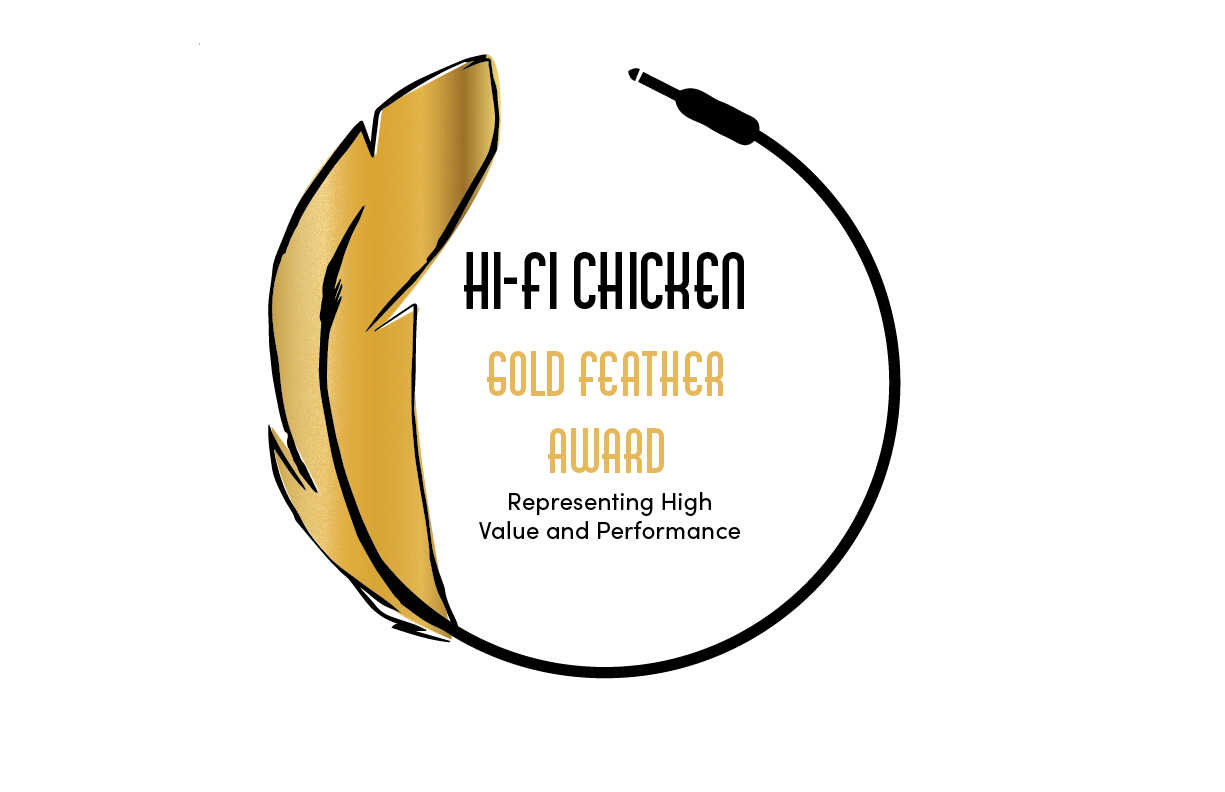
Rob at Playback Distribution started carrying Java quite recently and was showing several of their products this year at Capital Audiofest. I managed to bring home the Single Shot Integrated Amplifier, which is their entry-level all in one, they also have the Double Shot and the Carbon editions which are up the ante with additional features and materials. The Single Shot starts at a retail price of $8,995.00 but increases depending on what materials you choose to customize it with. The example I have is made with the Gloss Ebony wood and silver faceplate and runs $9,495.00 (U.S.). They have quite a few finish options allowing you to match it to your other gear or the room itself for full system integration. Java Hi-Fi is based in New Zealand and is relatively new to the Hifi World, originally launched its LDR Pre Amp on Kickstarter and later debuted in Munich in 2019. Java is one of the early adopters of GaN Fet technology which is gaining popularity now with a handful of companies championing the tech, as well as using LDR which is a Light Dependent Resistor in their preamps for their volume. So does all this great tech and customization add up to a great product, let’s find out.
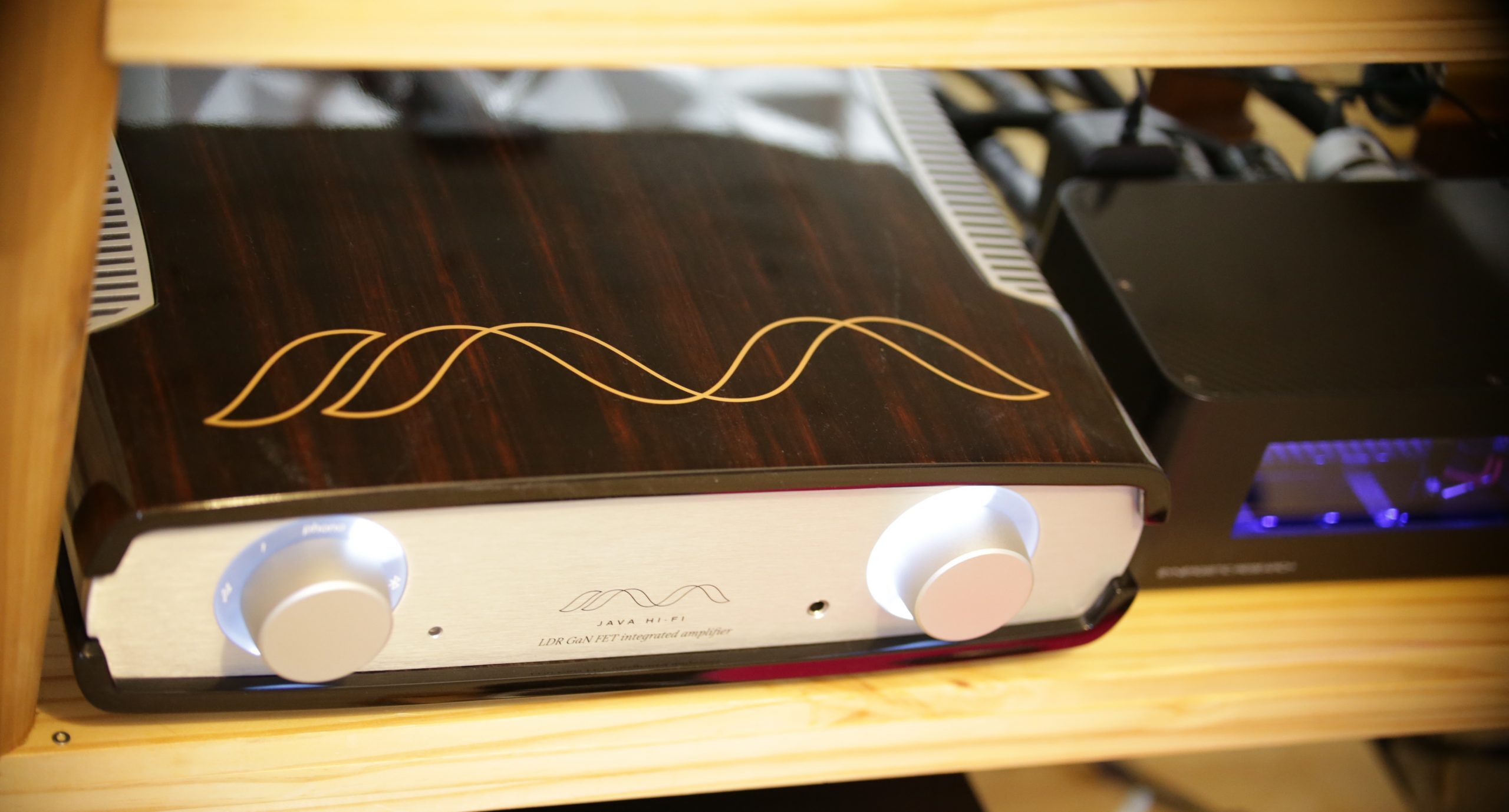
Unboxing and Setup
Unboxing is a pretty straightforward affair. The Single Shot came double-boxed and packed in well-fitting styrofoam to keep it safe in transit. Inside you will find the amp wrapped up with a manual, remote, and power cord. The Remote is simple and easy to use but feels nice in the hand being made of aluminum. The buttons on the remote feel fine, but I would prefer a little more tactile feel, however, the knobs on the amp itself more than make up for it in that department. They are extremely satisfying to use. Setup is very easy as you just plug in your sources, and speaker cables and turn it on. There are no tone controls, screens, or settings to mess with, what you see is what you get. I have found myself torn on this methodology, on one hand, I love the simplicity and clean design and sound that comes from a simple circuit, on the other hand as a reviewer I find having a load of settings can make testing gear out easier. If I were a customer only, interested in listening to the product I bought I would probably opt for a design like the Java, with nothing to mess with or get into the weeds with, leaving just the music.
I love the look of the design as well, it is clean and elegant with a very cool way of showing volume and input. Around each knob are a series of lights that indicate how high the volume is set and which input you are using. The casework is gorgeous, and the blend of wood and metal is harmonious, which shows the level of craftsmanship of this amplifier. The gentle curve of the top shows off the glossy ebony wood, catching the light at different angles, though it does make it difficult to stack gear if you need to due to your rack configuration. Granted I would never want to cover up the beautiful case. The metal work is at the same level on both the front and back as well as the heat sinks that are molded into the sides of the chassis. The connections on the back continue to exude quality, giving a satisfying feeling as you connect your RCAs and Speaker Cables.
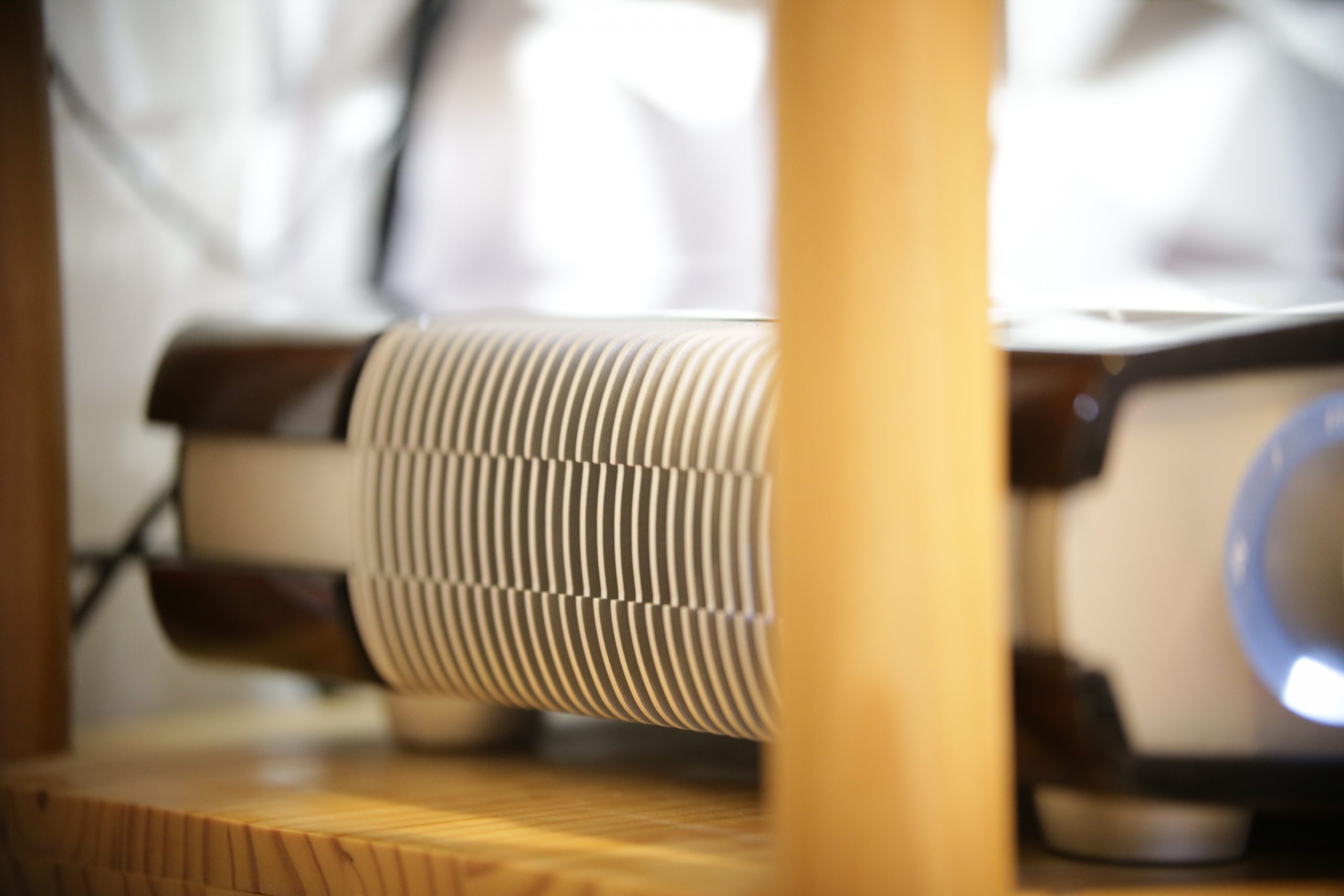
Sound Quality
In a word, excellent, in more than one well it’s neutral, clean, dynamic and so much more. It is one of those products that is immediately impressive. Neutral sound in my experience is a feature of GaN Fet, every product I have reviewed that employs the tech is extremely neutral. I enjoy neutral electronics as it lets you pair gear much easier, you don’t need to try to balance out a warm amp or bright DAC. The omission of tone controls on the Singleshot isn’t an issue when you don’t need to correct the sound.
I listened to a variety of media, including vinyl and CD, and I streamed Qobuz. For streaming, I did this three different ways, direct Bluetooth, Through the TEAC UD-701N, and the USB input from my Macbook Air M2. The Bluetooth connection works well and is probably the most convenient as it doesn’t require an additional device or a cable though you do lose some fidelity, at times the simplicity is worth it when casually listening. Streaming Qobuz on the Teac into one of the analog inputs was my preferred method of streaming as I was able to do it wirelessly while retaining all of the quality of the source music.
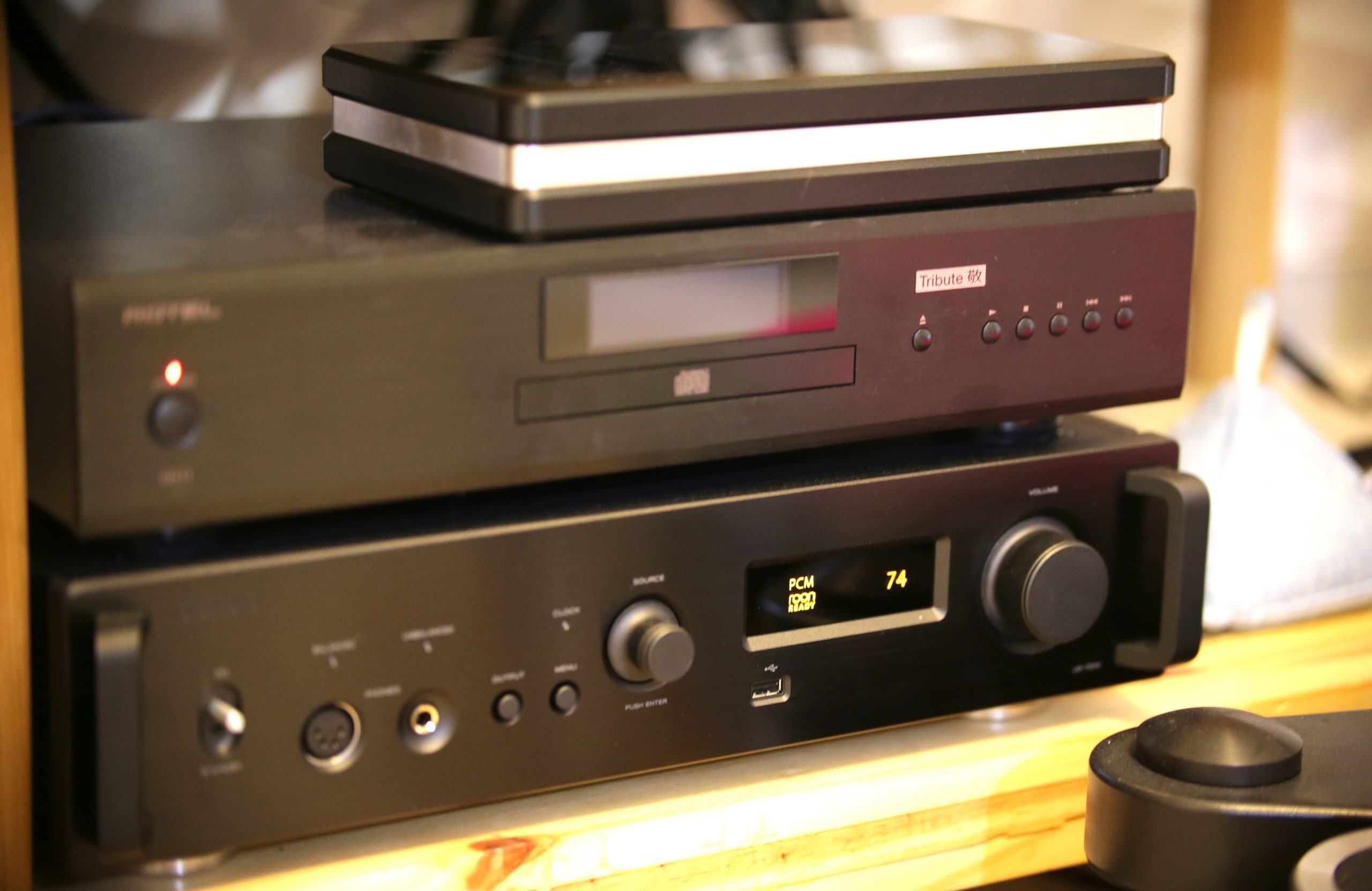
I played The National’s new live album “Rome” on Qobuz through the TEAC UD-701N and have to say the energy was intoxicating. There is a level of realism, especially with a live album that is something quite special with the Java Singleshot, the neutrality allows every aspect of the music to have the spotlight meaning you hear everything. None of it gets washed out from overpowering bass or treble. When you are able to be immersed in the music it elicits emotion and connects you in a way you can’t get if you are missing pieces of the music. Every last detail the artist puts into a song is there to create the complete sound. Much like looking at a photo, if you hide some of the details you may not feel the same way about it as if you get to experience it the way it was intended. The Single Shot adds nor takes away anything from the source so if you have a way to feed it quality you will get quality out of it.
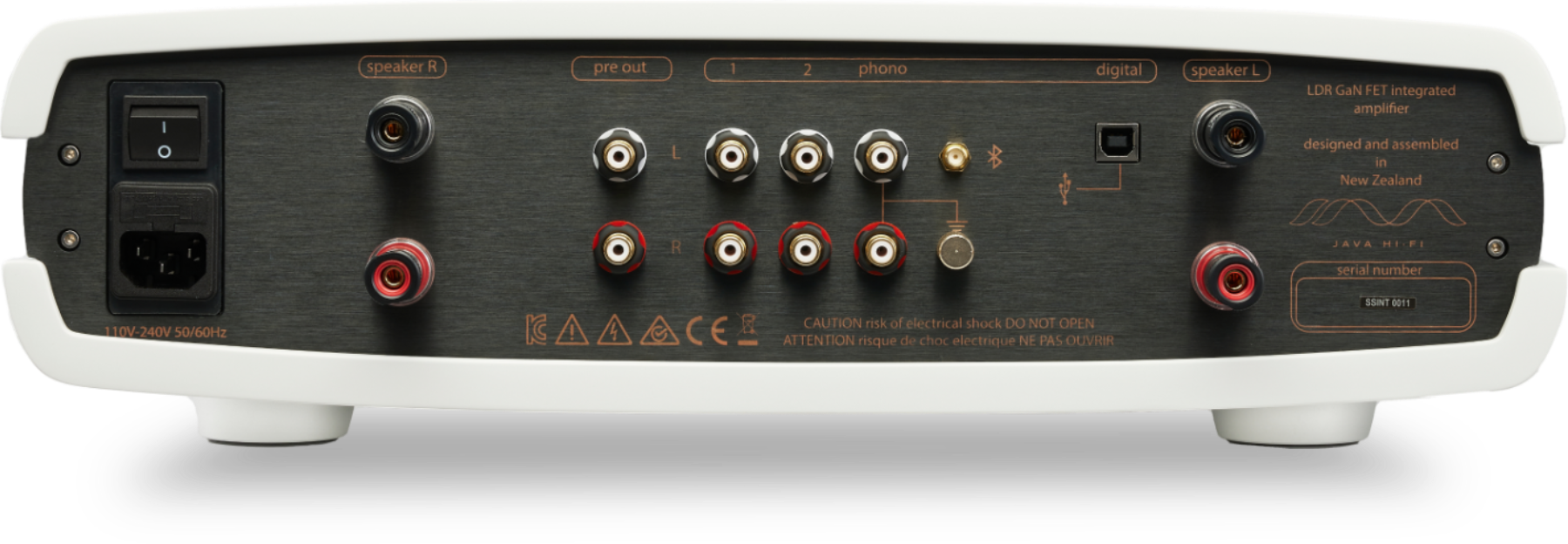
I was told the DAC built into the Single Shot is very impressive so of course I had to check it out. I played music out of my Macbook Air, as well as FLAC files from my Fiio M9, which essentially acted just as a storage device. It is only a USB input, it would be nice to see COAX as many CD players have a COAX output such as my CD-11 allowing them to be a transport and get more out of your CD collection by using the DAC in the JAVA. I have to agree about the DAC built into the JAVA, you get Dual flagship Burr-Brown PCM1794As in monaural mode. But it’s not just the chips used, it’s all about the implementation and Java got it right. The only comparable DAC I have in at the moment to compare it to would be the TEAC UD-701N which is much more than a DAC as well. I would say Java’s DAC stands up pretty well and quality differences between the TEAC and Java would likely come down to more of a user preference. I played FLAC files through both TEAC and Java and the differences are very small, the UD-71N wins me over only due to the convenience of streaming and having multiple digital inputs. However if you are looking to set up a minimalist system you do get great digital sound with no harshness from the Single Shot, and I would not feel too pressed about getting an outboard unit outside of connectivity needs.
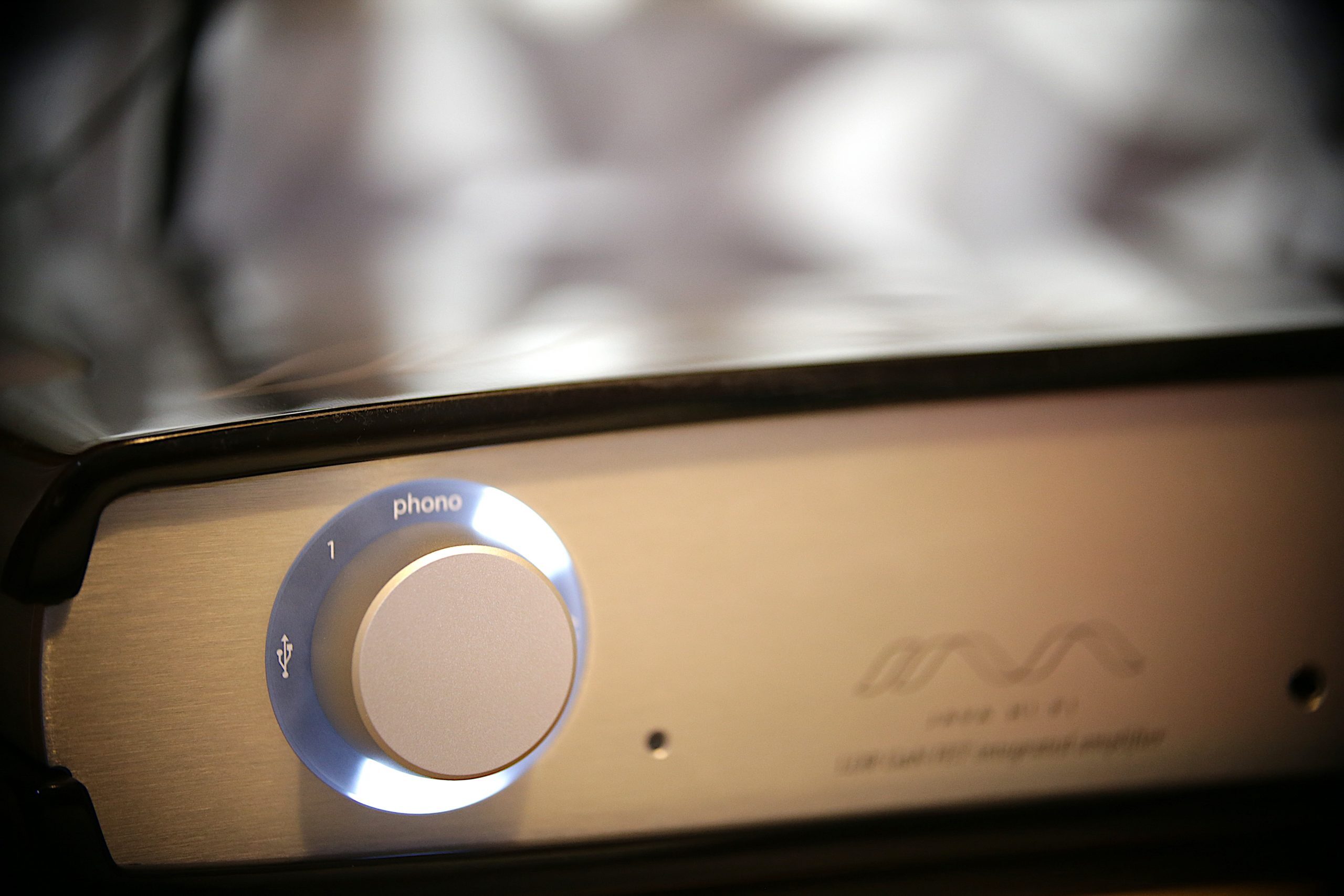
The Single Shot also comes with an MM phono input and I tried it out with my Ortofon 2M Bronze, which is a great MM cart if you are in the market. The cartridge has great detail and speed, beyond what you may think possible with an MM cart due to the mass. I mounted the Bronze on my VPI Prime with the 10″ 3D Unipivot arm as well as the VPI Forever Model 1(review soon). I played this cart on a wide variety of tables and phono stages and it always impresses me. The Single Shot keeps that momentum going with its built-in Phono Stage. I played Run The Jewels IV first on the Prime with the 2M Bronze. The bass response is excellent and powerful without getting muddy and hiding the midrange. Speaking of the midrange, the duo’s vocals sound natural and full. The top end isn’t quite as airy as it would be with an MC cart but the coverage is still pretty good with cymbals and high hats being fairly crisp. I played quite a few different records spanning a variety of genres and overall I am pleased with the built-in MM Phono Stage, it sounds better than any of the entry-level outboard phonos I have reviewed and should be more than capable with higher-end MM carts. I would love to try a 2M Black on it but alas I don’t have one in. Overall, the response is balanced and the level of detail is more than good for a built-in MM Phono. At this price point, I would like to see built-in support for MC, but that said most people in this price point with an MC cart likely have an outboard Phono or intend to buy one. That said I do prefer the sound of the VPI Avenger MC Phono Stage with an MC, but in general, I prefer the sound of MC carts so it’s not really a point against the Single Shots MM Phono Stage.
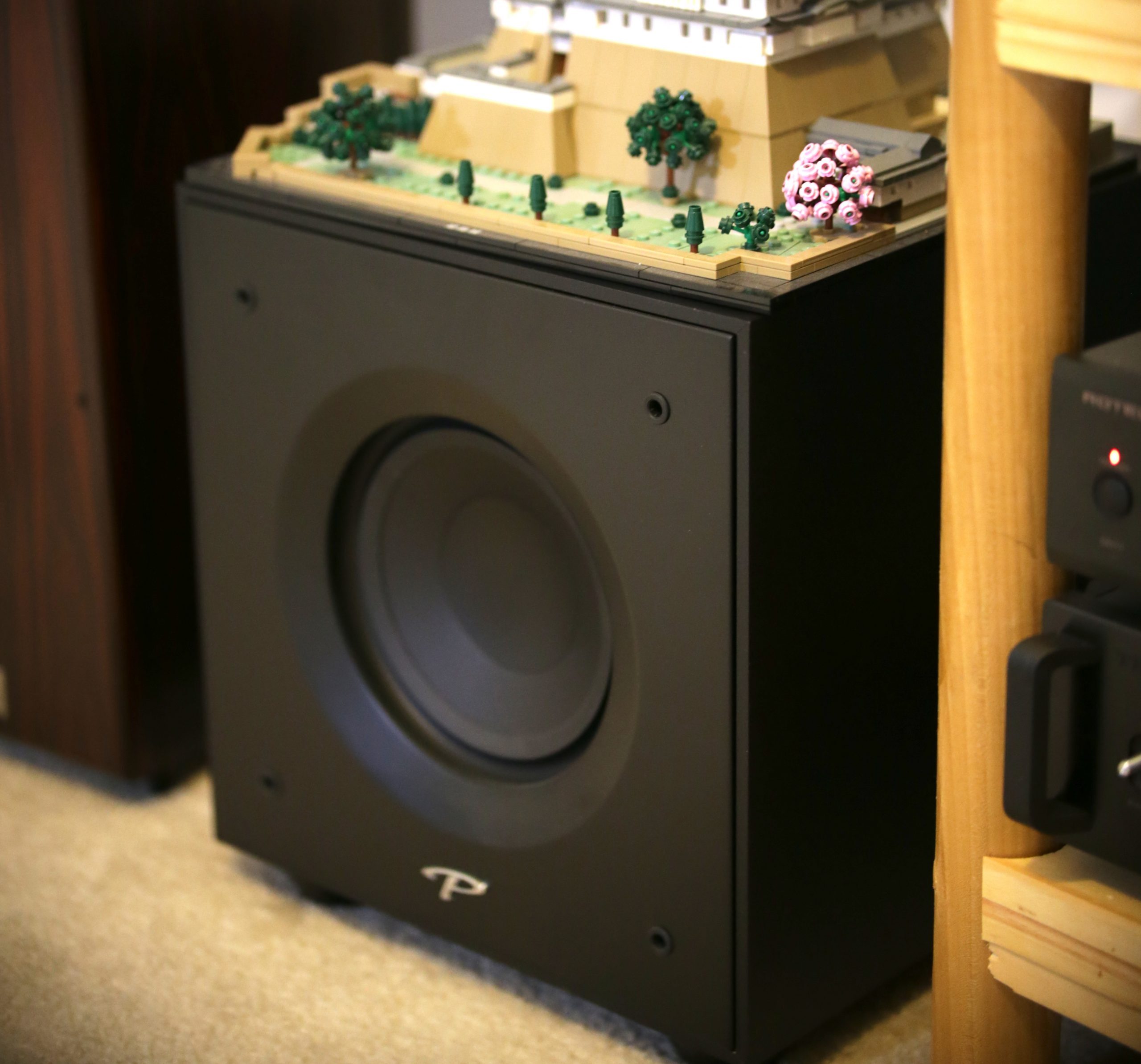
I used the Bluetooth connection as well, which is not really the best way to listen, but it is super convenient, and I use it all the time for convenience when I’m not critically listening. For me, the big thing I look for in Bluetooth is how reactive it is, as some older Bluetooth devices have quite the delay when changing songs, or volume. The Single Shot Bluetooth has super low latency and keeps up well to rapidly skipping songs as well as volume changes on transmitting devices, in my case my iPhone 14 Pro and Macbook Air M2. The sound quality is good enough for Bluetooth and I appreciate it being included as it makes the Single Shot that much easier to integrate into a more lifestyle system as well as a dedicated High Fidelity system. Flexibility is the hallmark of a great integrated amplifier in my opinion.
Specs
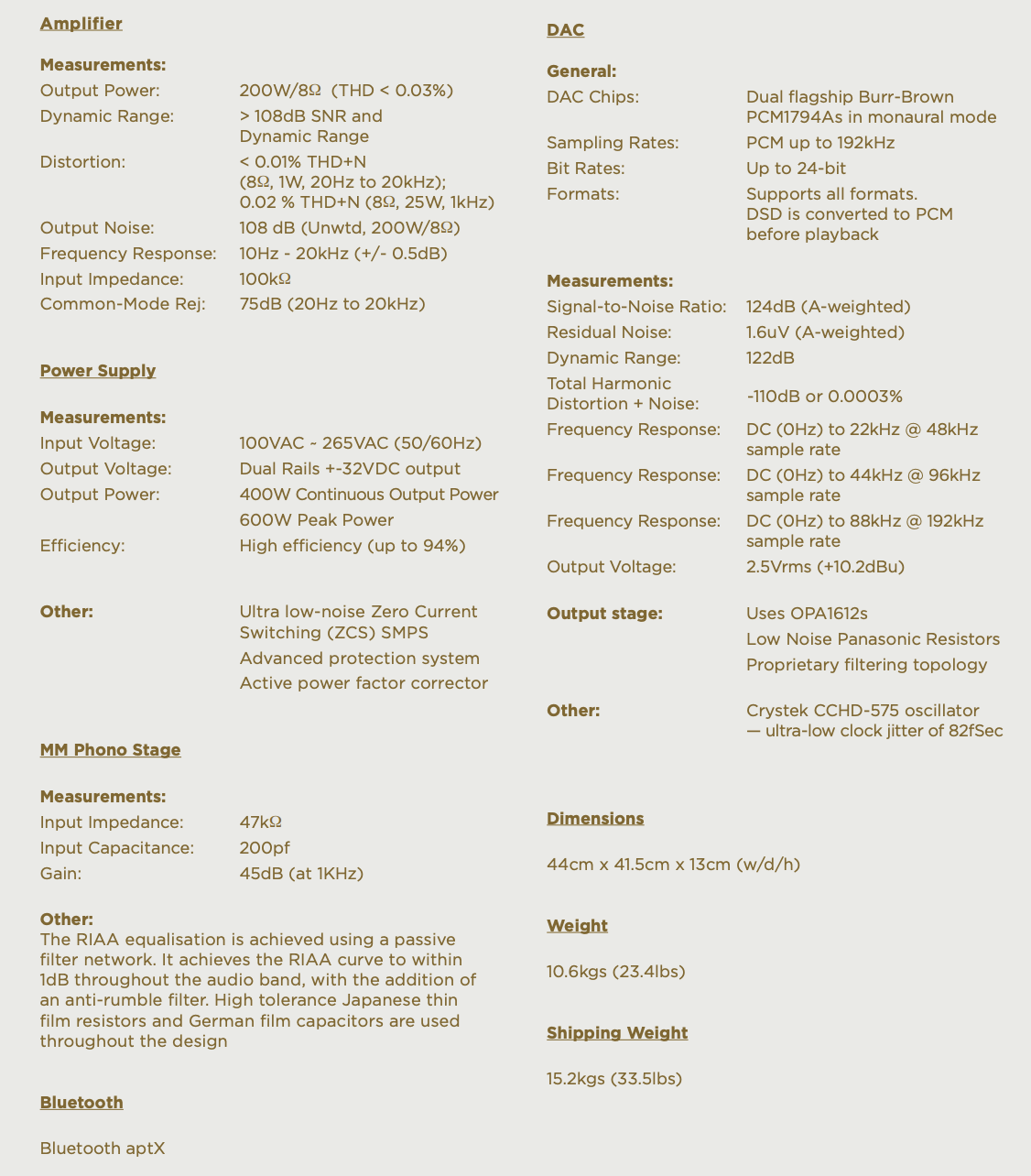
Pros and Cons
Pros:
- Neutral sound
- Good power
- GanFet
- Built-in MM Phono
- Built-in DAC
Cons:
- Would like to see an MC Phono input
- Would Like a COAX digital input
Associated Equipment
- Marantz SR7009 (Preamp)
- McIntosh MC250
- Orchard Audio Starkrimson Ultra Mono Premiums
- VPI Prime w/ 10″ Unipivot arm
- VPI Forever Model 1 w/ S Arm
- VPI Shyla Cart
- Ortofon 2M Bronze
- ZYX Ultimate Exceed
- Ortofon Quintet Red
- VPI Avenger Phono
- SOTA Pyxi Phono
- Sonus Faber Sonetto V
- Vienna Acoustic Bach Ulitmate
- Paradigm Defiance V8 Subwoofer
- Synergistic Powercell 8SX
- Synergistic Foundation SX (Full Loom)
- Esprit Celeste Cables (Full Loom)
- Akiko Audio Triple AC Evolution
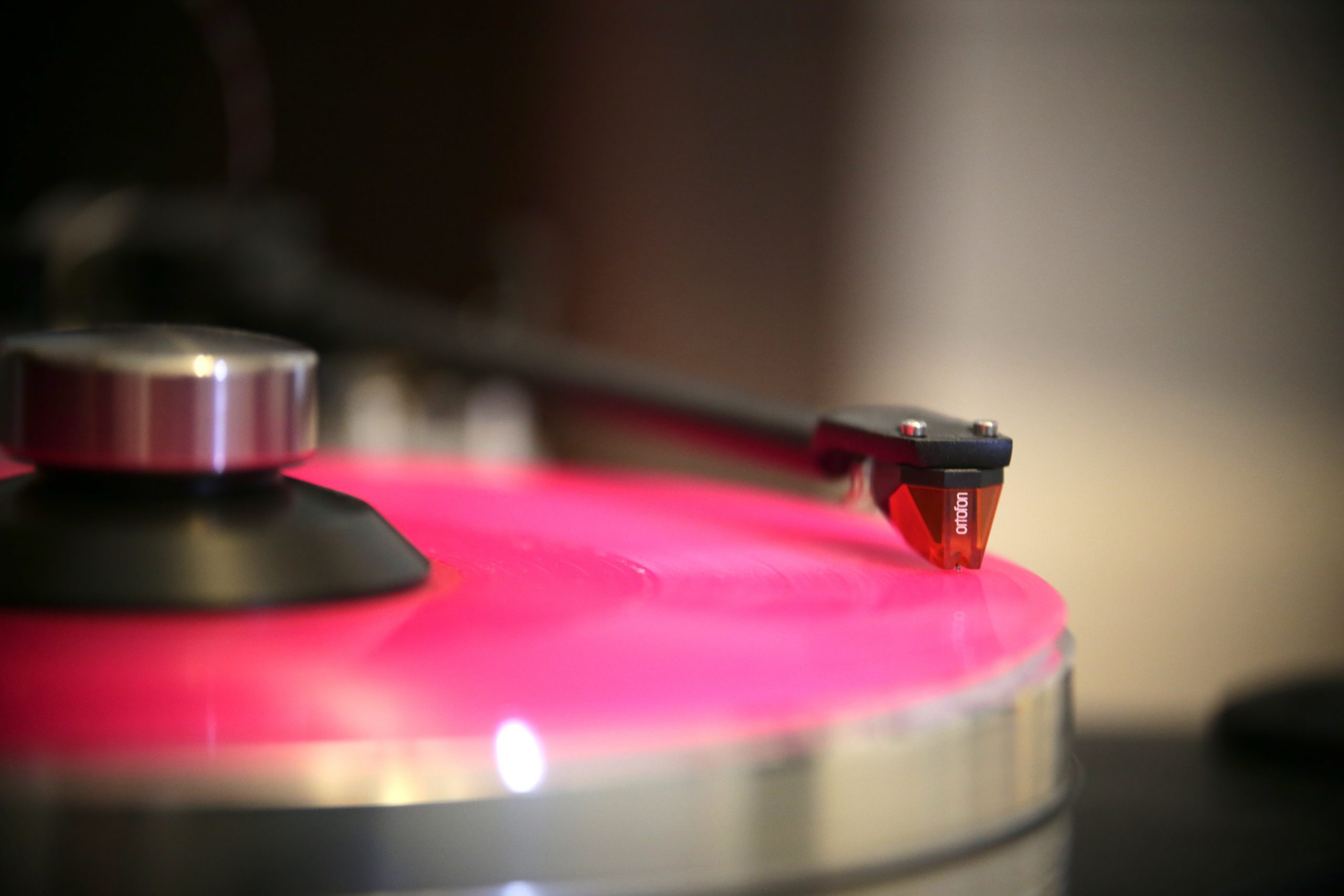
Conclusion
When I think of products that elicit the same sort of feeling I get listening to the Single Shot I think back to the Michi X5 and Viva Solistina. I don’t know that the three are truly comparable as they each do things differently but in terms of the feeling of contentedness, not looking for more, enjoying the piece for exactly what it is they are all right there. I wouldn’t mind a couple of additional inputs but you can get with the Double Shot as well as balanced connections, however, in terms of sound, the Single Shot is the epitome of getting what you pay for, perhaps even more than you paid for. I have had the opportunity to check out some awesome integrated amplifiers this past year such as the Viva Solista, and the Advance Paris My Connect 250. Each one of these amps are incredible options for you depending on your budget and what you are looking for in an amplifier, the Java Single Shot is probably the best for the money. You get more features with the Advance Paris, but the Single Shot sounds better to me, and if you have the money, it is worth the jump in price. The Viva is a great amp, but offers the least amount of features and requires a much larger budget to build out a full system. The Java is simply the best-sounding integrated I have heard for the money.
It is my honor to present Java Hi-Fi with our First Gold Feather Award, representing High Value and Performance.
Click here to read the original review.